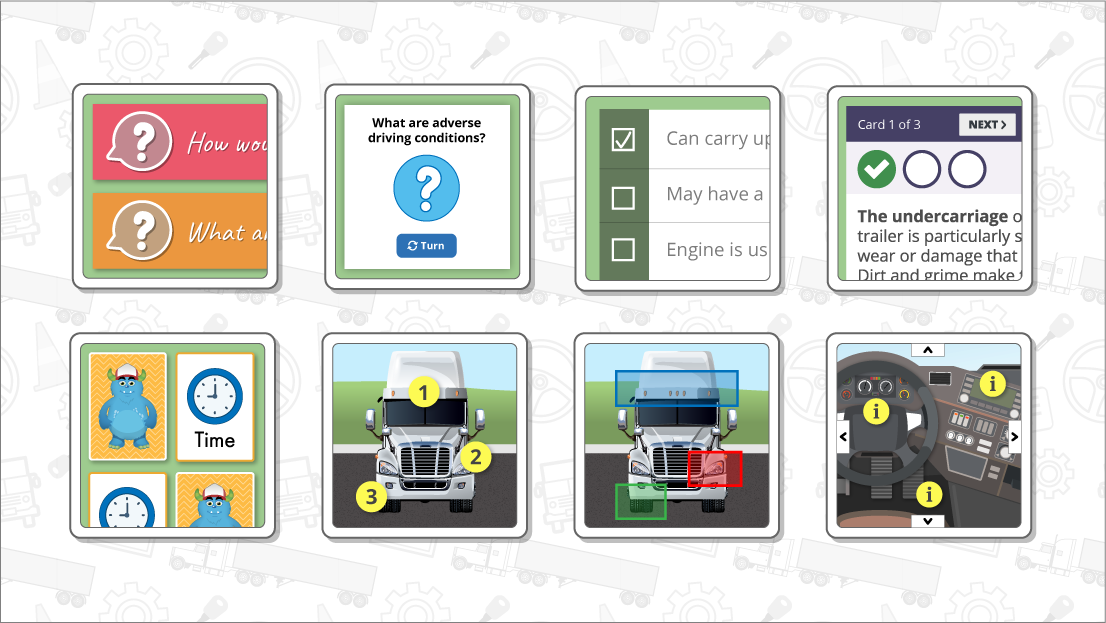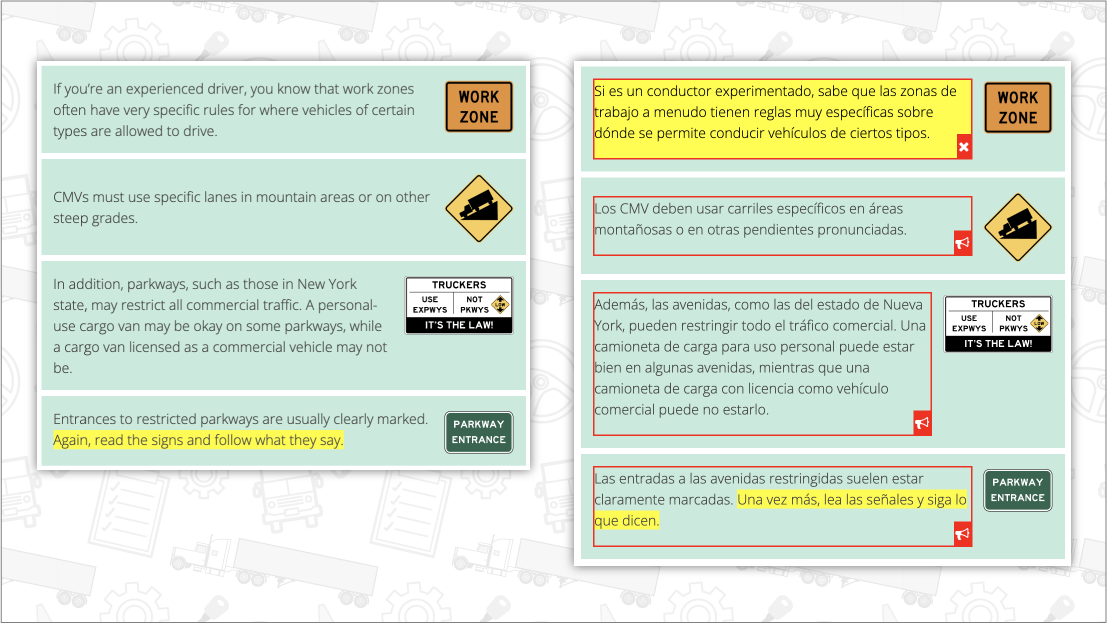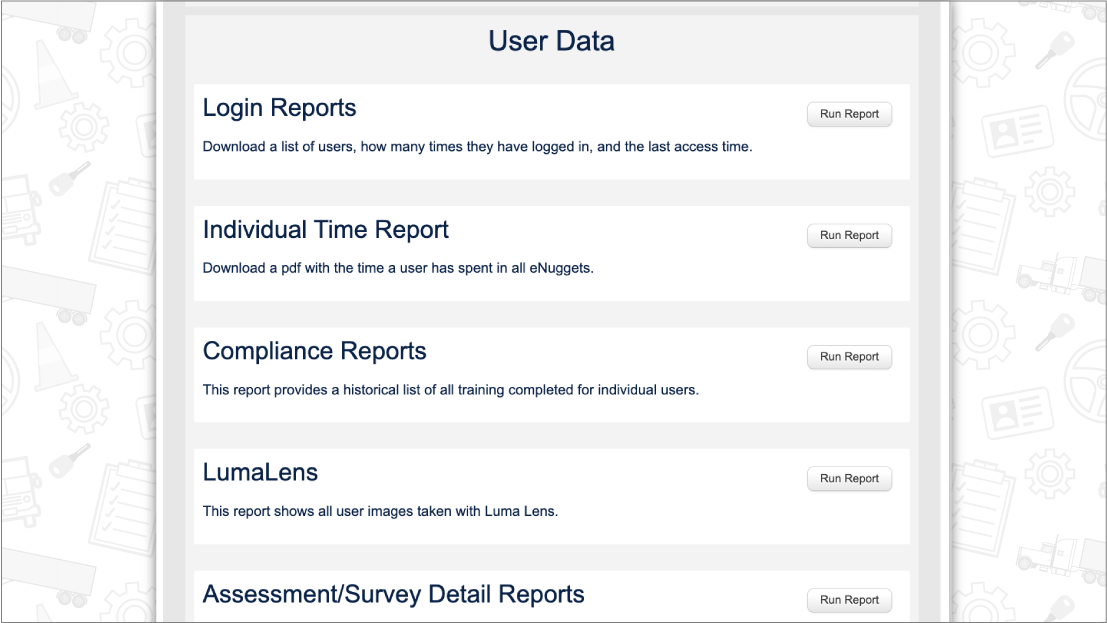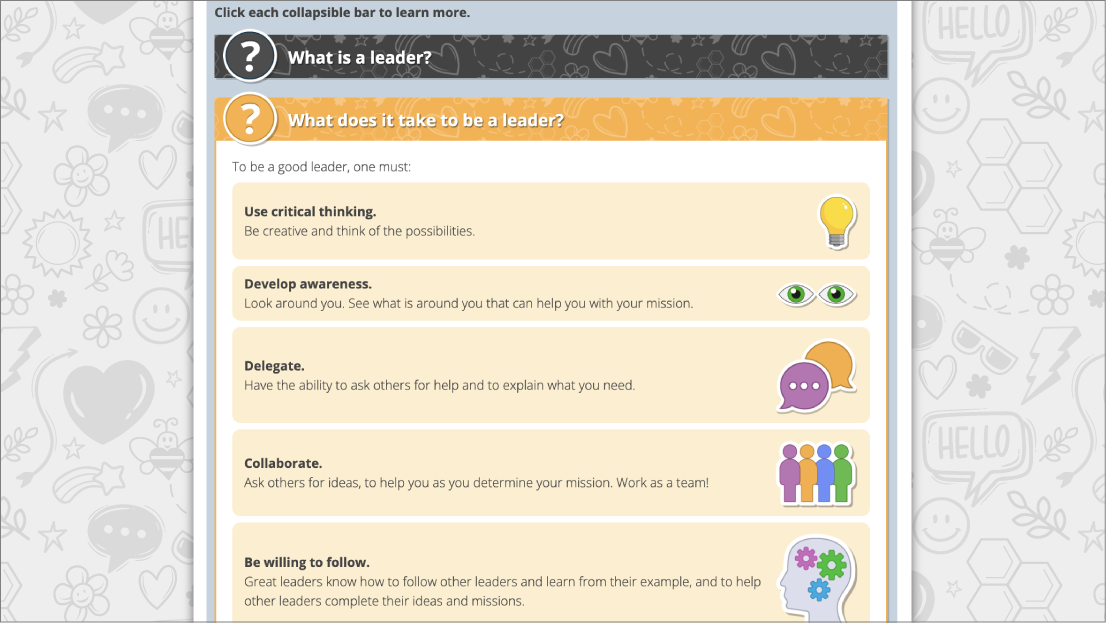
Domestic violence: where to go from here
 As Domestic Violence Awareness month comes to an end, the purple ribbons come down, the public service announcements stop, and we look forward to the upcoming holiday season. While I applaud the efforts in promoting education around domestic violence in October, domestic violence continues on November 1st just as it did on October 31st. For the tens of thousands of victims across the nation, in your community, including those in your workplace, they appreciate your efforts… you have done more than most. But can you do more? Should you do more?
As Domestic Violence Awareness month comes to an end, the purple ribbons come down, the public service announcements stop, and we look forward to the upcoming holiday season. While I applaud the efforts in promoting education around domestic violence in October, domestic violence continues on November 1st just as it did on October 31st. For the tens of thousands of victims across the nation, in your community, including those in your workplace, they appreciate your efforts… you have done more than most. But can you do more? Should you do more?
Consider the issues we have already discussed in this month’s blog series concerning domestic violence. We have focused on the impact in the workplace, and how you might detect this often private occurrence in the adult victims. But it is also vital to recognize the detrimental effect of domestic violence on the children who live in this volatile situation. Children are even more vulnerable to the deleterious conditions of an abusive adult, as a witness to the violence between caregivers and, frequently, the object of violence themselves. The significant co-occurrence of child maltreatment and domestic violence has been well-documented through research (Finkelhor, Ormrod, Turner, & Hamby, 2005), with some studies confirming 40% to 70% or higher (Herrenkohl, Sousa, Tajima, Herrenkohl, & Moylan, 2008; Campbell & Lewandowski, 1997). The children who witness and experience maltreatment in the home experience lifelong effects, including mental health issues (e.g. post-traumatic stress disorder, anxiety, depression, substance abuse, eating disorders), physical ailments (e.g. due to abuse injury, headaches, sleep disturbances, failure to thrive), behavioral issues (e.g. aggression, criminality, teen pregnancy, low educational attainment), and further perpetuation of a victim/abuser relationship cycle. The continuation of this cycle of abuse warrants attention to all of those who are directly affected by domestic violence.
As Domestic Violence Awareness month passes, it is up to you to continue the conversation about the wide impact of domestic violence. Consider collaborating with colleagues and identify those who will research the following and make the information accessible at your place of employment:
- Domestic violence and child counseling services in your area
- Legal Advocacy specializing in domestic violence
- Domestic Violence shelters in your locale
- Child maltreatment recognition and reporting information
You can begin your search by reaching out to the National Domestic Violence Hotline to see what services and resources are accessible in your community at 1-800-799-SAFE or by visiting www.thehotline.org.
Ask for domestic violence training to be incorporated in developing and implementing emergency response protocols at your place of employment. Everyone in your workplace should realize, recognize and respond to acts of on-site domestic violence knowledgeably, legally and safely. Learn more about the domestic violence training that Luma offers at https://lumabrighterlearning.com/domestic-violence/.
Be an agent for change. Volunteer for a local domestic violence organization, wear a purple ribbon that shows support for domestic violence awareness, contact your local police department and get involved in domestic violence education and prevention-oriented activities.
Training, education, and prevention are essential components for an ongoing domestic violence campaign that you can spearhead for yourself, your workplace, and your community.
If you or someone you know is experiencing domestic violence visit http://www.thehotline.org/ or call 1-800-799-7233.
Also learn more about the child-maltreatment training the Luma offers at https://lumabrighterlearning.com/child-maltreatment/.
References
Campbell, J. & Lewandowski, L. (1997). Mental and Physical Health Effects of Intimate Partner Violence on Women and Children. Psychiatric Clinics of North America, 20(2), 353-374. http://dx.doi.org/10.1016/S0193-953X(05)70317-8
Finkelhor, D., Ormrod, R., Turner, H., & Hamby, S. (2005). The Victimization of Children and Youth: A Comprehensive, National Survey. Child Maltreament, 10(1), 5-25.
Herrenkohl, T., Sousa, C., Tajima, E., Herrenkohl, R., & Moylan, C. (2008). Intersection of Child Abuse and Children’s Exposure to Domestic Violence. Trauma, Violence, & Abuse, 9(2), 84-99.

















